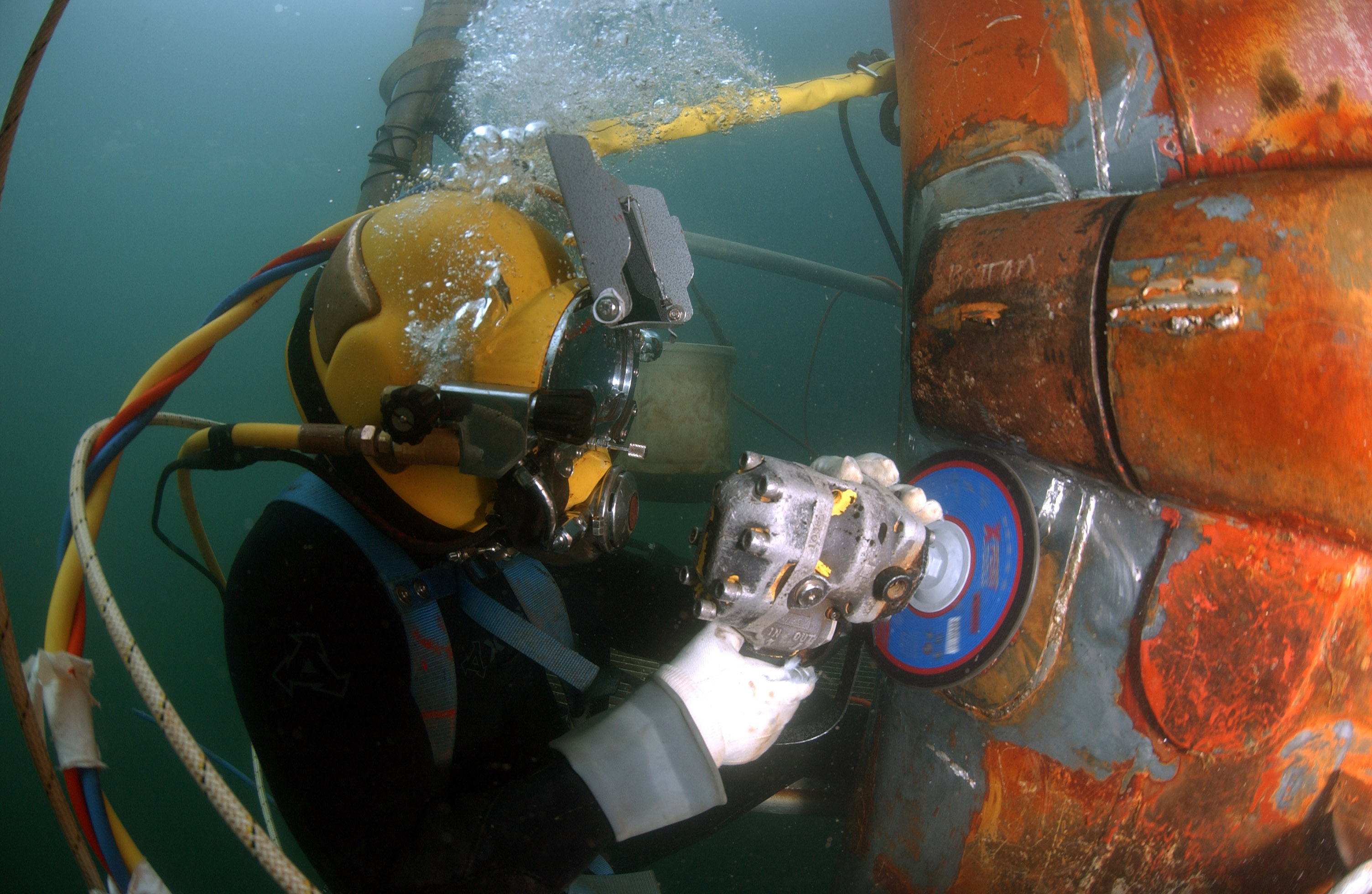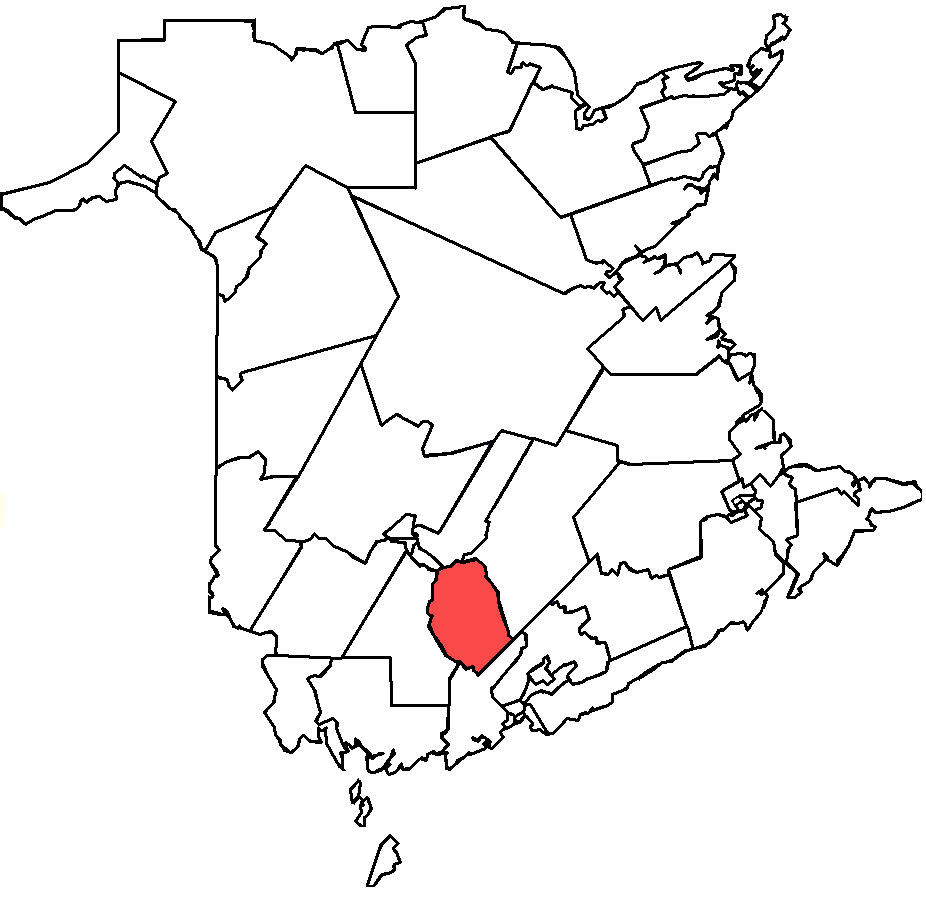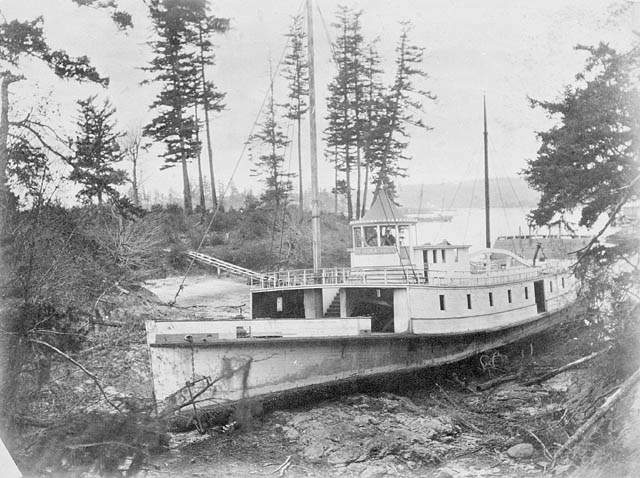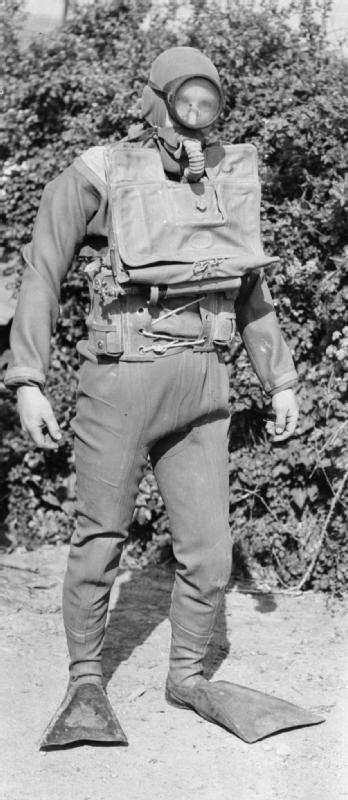|
Canadian Armed Forces Divers
Canadian Armed Forces (CAF) divers are specialists trained to conduct underwater operations within their respective environmental commands. Divers within the CAF are qualified into sub-categories of diving. Be it a member of a diving team or a CAF member who is maintaining currency and qualification through casual diving. Divers within the CAF are trained as Clearance Divers (CL Diver), Search and Rescue Technicians (SAR), Port Inspection Divers (PID), Ship's Team Divers, and Combat Divers. Training The CAF training agencies authorized to conduct CAF diving training are: # Fleet Diving Unit (Atlantic) (FDU (A)); # Fleet Diving Unit (Pacific) (FDU (P)); and # Army Dive Centre (ADC). Clearance divers Royal Canadian Navy Clearance Divers are trained to conduct a wide variety of diving operations. These include the use of traditional open circuit (SCUBA) diving equipment, lightweight portable surface supplied diving systems, commercial grade mixed gas surface supplied diving syste ... [...More Info...] [...Related Items...] OR: [Wikipedia] [Google] [Baidu] |
Clearance Diver
A clearance diver was originally a specialist naval diver who used explosives underwater to remove obstructions to make harbours and shipping channels safe to navigate, but the term "clearance diver" was later used to include other naval underwater work. Units of clearance divers were first formed during and after World War II to clear ports and harbours in the Mediterranean and Northern Europe of unexploded ordnance and shipwrecks and booby traps laid by the Germans. In some navies, including the Royal Navy, work divers, which includes ship's divers, must have a lifeline and a line tender when reasonably practicable. History The first units were Royal Navy Mine and Bomb Disposal Units. They were succeeded by the "Port Clearance Parties" (P Parties). The first operations by P Parties included clearing away the debris of unexploded ammunition left during the Normandy Invasion. During World War II Navies used the heavy surface-supplied standard diving dress before chan ... [...More Info...] [...Related Items...] OR: [Wikipedia] [Google] [Baidu] |
CFB Shearwater
Canadian Forces Base Shearwater , commonly referred to as CFB Shearwater and formerly named HMCS ''Shearwater'', is a Canadian Forces facility located east southeast of Shearwater, Nova Scotia, on the eastern shore of Halifax Harbour in the Halifax Regional Municipality. Following a base rationalization program in the mid-1990s, the Canadian Forces closed CFB Shearwater as a separate Canadian Forces base and realigned the property's various facilities into CFB Halifax. These include: * Shearwater Heliport, which is operated by the Royal Canadian Air Force. The primary RCAF lodger unit is 12 Wing, commonly referred to as 12 Wing Shearwater. 12 Wing provides maritime helicopter operations in support of the Royal Canadian Navy's Atlantic Fleet (MARLANT) from the Shearwater Heliport and Pacific Fleet (MARPAC) from the Patricia Bay Heliport in British Columbia. 12 Wing is also headquartered at Shearwater Heliport. * Shearwater Jetty, the former CFB Shearwater Annex, which provides ... [...More Info...] [...Related Items...] OR: [Wikipedia] [Google] [Baidu] |
Canadian Military Engineers
The Canadian Military Engineers (CME; french: links=no, Génie militaire canadien) is the military engineering personnel branch of the Canadian Armed Forces. The members of the branch that wear army uniform comprise the Corps of Royal Canadian Engineers (RCE; french: links=no, Corps du génie royal canadien). The mission of the Canadian Military Engineers is to contribute to the survival, mobility, and combat effectiveness of the Canadian Armed Forces. Their roles are to conduct combat operations, support the Canadian Forces in war and peace, support national development, provide assistance to civil authorities, and support international aid programs. Military engineers’ responsibilities encompass the use of demolitions and land mines, the design, construction and maintenance of defensive works and fortifications, urban operations (hostile room entry), breaching obstacles, establishing/maintaining lines of communication, and bridging. They also provide water, power and other utili ... [...More Info...] [...Related Items...] OR: [Wikipedia] [Google] [Baidu] |
Armed Forces Diving
Armed (May, 1941–1964) was an American Thoroughbred gelding race horse who was the American Horse of the Year in 1947 and Champion Older Male Horse in both 1946 and 1947. He was inducted into the National Museum of Racing and Hall of Fame in 1963. Background Armed was sired by the great stakes winner Bull Lea, the sire of Citation. His dam was Armful, whose sire was Belmont Stakes winner Chance Shot and whose grandsire was the great Fair Play. Besides being small for his age and very headstrong, Armed had the habits of biting and kicking hay out of his handler's pitchfork. Since he was also practically untrainable, his trainer, Ben A. Jones, sent him back to Calumet Farm to be gelded and turned out to grow up. He returned to the track late in his two-year-old season and resumed training. Racing career His first start was as a three-year-old the following February, and he won at Hialeah Park by eight lengths. He won again less than a week later but then won only once ... [...More Info...] [...Related Items...] OR: [Wikipedia] [Google] [Baidu] |
Canadian Forces Land Force Command
The Canadian Army (french: Armée canadienne) is the command (military formation), command responsible for the operational readiness of the conventional ground forces of the Canadian Armed Forces. It maintains regular forces units at bases across Canada, and is also responsible for the Army Reserve, the largest component of the Primary Reserve. The Army is headed by the concurrently held Commander of the Canadian Army and Chief of the Army Staff, who is subordinate to the Chief of the Defence Staff (Canada), Chief of the Defence Staff. The Army is also supported by 3,000 civilian employees from the civil service. Formed in 1855, as the Canadian Militia#Active militias, Active Militia, in response to the threat of the United States to the Province of Canada after the British Garrison left for the Crimean War. This Militia was later split into the Permanent Active Militia and the Non-Permanent Active Militia. Finally, in 1940, an Order in Council was issued to rename the active m ... [...More Info...] [...Related Items...] OR: [Wikipedia] [Google] [Baidu] |
Professional Diving
Professional diving is underwater diving where the divers are paid for their work. The procedures are often regulated by legislation and codes of practice as it is an inherently hazardous occupation and the diver works as a member of a team. Due to the dangerous nature of some professional diving operations, specialized equipment such as an on-site hyperbaric chamber and diver-to-surface communication system is often required by law, and the mode of diving for some applications may be regulated. There are several branches of professional diving, the best known of which is probably commercial diving and its specialised applications, offshore diving, inshore civil engineering diving, marine salvage diving, hazmat diving, and ships husbandry diving. There are also applications in scientific research, marine archaeology, fishing and aquaculture, public service, law enforcement, military service and diver training. Any person wishing to become a professional diver normally requires ... [...More Info...] [...Related Items...] OR: [Wikipedia] [Google] [Baidu] |
New Brunswick
New Brunswick (french: Nouveau-Brunswick, , locally ) is one of the thirteen provinces and territories of Canada. It is one of the three Maritime provinces and one of the four Atlantic provinces. It is the only province with both English and French as its official languages. New Brunswick is bordered by Quebec to the north, Nova Scotia to the east, the Gulf of Saint Lawrence to the northeast, the Bay of Fundy to the southeast, and the U.S. state of Maine to the west. New Brunswick is about 83% forested and its northern half is occupied by the Appalachians. The province's climate is continental with snowy winters and temperate summers. New Brunswick has a surface area of and 775,610 inhabitants (2021 census). Atypically for Canada, only about half of the population lives in urban areas. New Brunswick's largest cities are Moncton and Saint John, while its capital is Fredericton. In 1969, New Brunswick passed the Official Languages Act which began recognizing French as an ... [...More Info...] [...Related Items...] OR: [Wikipedia] [Google] [Baidu] |
CFB Gagetown
5th Canadian Division Support Base (5 CDSB) Gagetown, formerly known as and commonly referred to as CFB Gagetown, is a large Canadian Forces Base covering an area over , located in southwestern New Brunswick. Construction of the base At the beginning of the Cold War, Canadian defence planners recognized the need for providing the Canadian Army with a suitable training facility where brigade and division-sized armoured, infantry, and artillery units could exercise in preparation for their role in defending western Europe under Canada's obligations to the North Atlantic Treaty. The facility would need to be located relatively close to an all-season Atlantic port and have suitable railway connections. Existing training facilities dating from the First and Second World Wars in eastern Canada were relatively small ( Camp Debert, Camp Aldershot, Sussex Military Camp, Camp Valcartier, Camp Petawawa, Camp Utopia), thus a new facility was considered. At the same time, regional econo ... [...More Info...] [...Related Items...] OR: [Wikipedia] [Google] [Baidu] |
Defence Research And Development Canada
Defence Research and Development Canada (DRDC; french: Recherche et développement pour la défense Canada, ''RDDC'') is a special operating agency of the Department of National Defence (DND), whose purpose is to provide the Canadian Armed Forces (CAF), other government departments, and public safety and national security communities with knowledge and technology. DRDC has approximately 1,400 employees across eight research centres within Canada. History After the First World War, national research and development in Canada was organized under the National Research Council (NRC). The NRC was founded in 1925 based on a wartime British recommendation to establish military laboratories in Canada, but by that time the main priorities were developing domestic university and industrial research and civilian projects.Turner, p.15 Greater interest in military applied research arrived in 1935Turner, p.16 when Major-General Andrew McNaughton became President of the NRC.;Turner, p.17 in ... [...More Info...] [...Related Items...] OR: [Wikipedia] [Google] [Baidu] |
Esquimalt, British Columbia
The Township of Esquimalt is a municipality at the southern tip of Vancouver Island, in British Columbia, Canada. It is bordered to the east by the provincial capital, Victoria, to the south by the Strait of Juan de Fuca, to the west by Esquimalt Harbour and Royal Roads, to the northwest by the New Songhees 1A Indian reserve and the town of View Royal, and to the north by a narrow inlet of water called the Gorge, across which is the district municipality of Saanich. It is almost tangential to Esquimalt 1 Indian Reserve near Admirals Road. It is one of the 13 municipalities of Greater Victoria and part of the Capital Regional District. Esquimalt had a population of 17,533 in 2021. It covers . It is home to the Pacific fleet of the Royal Canadian Navy. History The region now known as Esquimalt was settled by First Nations people approximately 4000 years before the arrival of Europeans. The treaties of the Hudson's Bay Company (HBC), signed in 1843, refer to these people as ... [...More Info...] [...Related Items...] OR: [Wikipedia] [Google] [Baidu] |
Frogman
A frogman is someone who is trained in scuba diving or swimming underwater in a tactical capacity that includes military, and in some European countries, police work. Such personnel are also known by the more formal names of combat diver, combatant diver, or combat swimmer. The word ''frogman'' first arose in the stage name ''The Fearless Frogman'' of Paul Boyton in the 1870s and later was claimed by John Spence, an enlisted member of the U.S. Navy and member of the OSS Maritime Unit, to have been applied to him while he was training in a green waterproof suit. The term ''frogman'' is occasionally used to refer to a civilian scuba diver. Some sport diving clubs include the word ''Frogmen'' in their names. The preferred term by scuba users is ''diver'', but the ''frogman'' epithet persists in informal usage by non-divers, especially in the media and often referring to professional scuba divers, such as in a police diving role. In the U.S. military and intelligence community ... [...More Info...] [...Related Items...] OR: [Wikipedia] [Google] [Baidu] |
DRDC Toronto
DRDC Toronto is a major military research station located at the former site of CFB Downsview in Toronto, Ontario, Canada. It is one of several centres making up Defence Research and Development Canada (DRDC). History The Centre's roots go back to 1939 when the Department of National Defence (DND) recognized the vital importance of human factors in the ability of Canada's armed forces to safeguard the nation in peacetime and at war. Recognizing the importance of aviation medicine to defence, an inter-departmental committee, the Associate Committee on Aviation Medical Research, was established in June, 1939, chaired by Sir Frederick Banting. Laboratory studies in pressure physiology began in the Banting and Best Institute, University of Toronto, where the first decompression chamber for human studies in Canada was set up. To expand the effort, in 1940, the No.1 Clinical Investigation Unit (No1 CIU) was formed at the former Eglinton Hunt Club at 1107 Avenue Road with the construc ... [...More Info...] [...Related Items...] OR: [Wikipedia] [Google] [Baidu] |
_divers.jpg)
.jpg)





